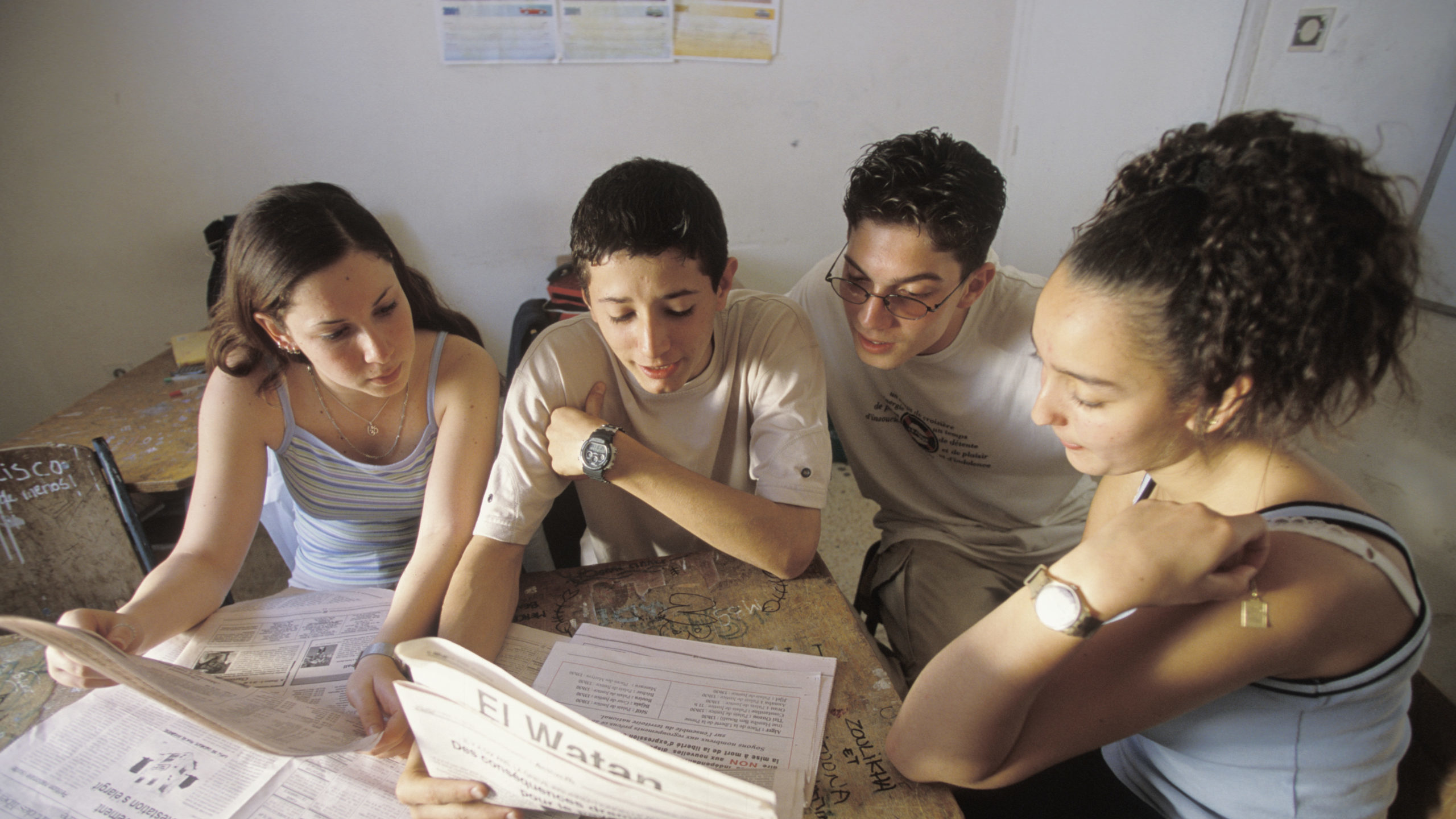resource
This article presents a community-focused participatory action project designed to promote children’s resilience in the early aftermath of the cataclysmic May 2008 Earthquake in Beichuan, China. Thirty children aged 7- to 15-years-old participated in the project. The project encompassed four phases that evolved from adult-directed/ initiated activities to activities that maximised children’s participation. The children were allowed to set their own pace in dealing with their feelings of trauma and loss. Initially, their activities focused on school, family, pets, nature and, finally, the earthquake. Ultimately, the children’s activities evolved into helping to rebuild their school and community.
The project ended on the three-month anniversary of the earthquake with a memorial march initiated by the children to honour their deceased family members and friends. This article links participatory action projects to the International Federation of Red Cross and Red Crescent Societies’ models of psychosocial disaster recovery efforts, and argues that participatory projects provide qualitative data to evaluate their efficacy. The article proposes that school psychologists, because of their diverse training in mental health services, consultation, and research, are especially suited to using these kinds of projects to train community members, e.g. teachers and community elders, to implement them. The American Psychological Association and other humanitarian relief organisations have articulated this goal of increasing capacity in the communities of developing countries as an essential component of international disaster recovery efforts.






